Aphid is a harmful insect that settles on horticultural, vegetable garden and other crops. Affected plants become depressed, slow down in growth and even die. Fighting aphids with folk remedies is considered the safest method. After all, the chemicals used in vegetable crops are at risk of toxins entering the food.
Material Content:
- 1 Are folk remedies effective
- 2 Folk remedies against aphids
- 3 Infusions for fighting aphids
- 4 Ammonia against aphids
- 5 Soap Solution Options
- 6 Fighting aphids in the garden with ash
- 7 Vinegar and soda from aphids
- 8 How to use tobacco pests?
- 9 Plants and vegetables in the fight against aphids
- 10 What is the best way to process cabbage, cucumbers, peppers, tomatoes from aphids?
Are folk remedies effective
Self-prepared folk recipes, in comparison with chemical poisons, are considered less effective, however, natural and harmless.
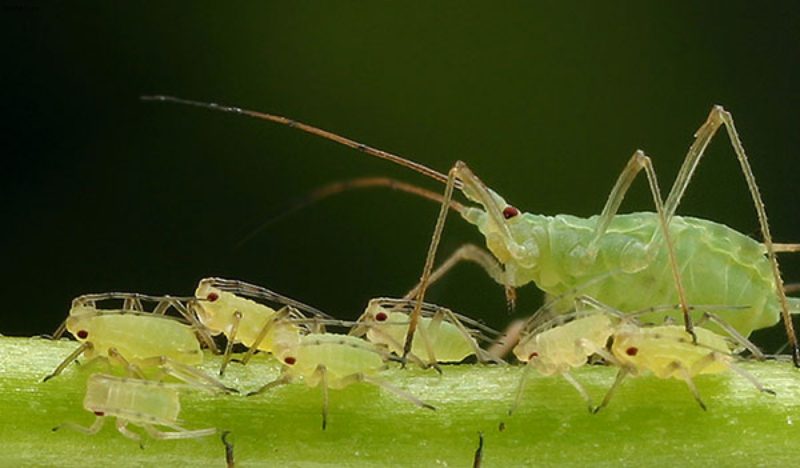
The advantages of hand-made means are:
- universality and simplicity;
- minor damage and toxicity;
- low cost of acquisition;
- optimal shelf life.
There are many ways that will have a favorable result in protecting a garden, vegetable garden or flower garden. These methods include folk recipes that drive away a malicious pest, specially planted plants or vegetables, etc.
Folk remedies against aphids
It must be borne in mind that not all popular recipes can destroy the pest, some have only deterrent effects. They should be used 3-4 times at intervals of 7-10 days. Manipulate in the evening when there is no precipitation. In case of rain, the treatment is repeated.
Infusions for fighting aphids
They will help get rid of annoying parasites based on a variety of herbs. For shrubs or fruit trees, prepared solutions and decoctions are not advisable to use at the time of flowering. Harvest must be 2-3 weeks after manipulation. When the product is applied to vegetables, the harvest should be carried out one month after processing.
The most effective infusions are:
- Onion. You will need 35 g of finely chopped onions (it is possible to use onion husks), which you need to pour 1 liter of water and infuse for about 5 hours. Then add 5 g of laundry soap to the composition. Filter the infusion and add up to 1 liter of water.
- Potato peel. Grind 1 kg of peel, for 3 hours, insist in 10 liters of water. If the tops are dry, then 0.6-0.8 kg will be enough.
- Marigold. Take half a bucket of flowering finely chopped plants, pour water to the very top, insist for 2 days. Then strain and add 40 g of soap there.
- Garlic. It will take 200 g of chopped vegetable, which is filled with 1 liter of water and infused for about 4-5 days. The result is a concentrated infusion. 25 ml of this product should be diluted in 10 liters of water.
- Pine. For 7 days in 4 l of liquid, insist 1 kg of needles. Once a day you need to talk. To process in a ratio of 1: 1.
- Flowers, stalks of celandine. Finely chop 0.4 kg of this plant, pour 1 liter of water, insist and boil no more than 0.5 hours over a small heat over a day.
- Chamomile. In 1 liter of water add 100 g of a dry plant, infuse for 12 hours. Proportion of 1 hour of infusion and 3 hours of water (with the addition of soap 4 g: 1 liter) should spray the affected cultures.
- Citrus Peel. 100 g of dried peels pour 1 liter of warm liquid. Insist 3 days.
- Nettle. 500 g of fresh leaves are filled with 5 l of water and aged 12-24 hours.
- Yarrow. The plant should be purchased at the beginning of flowering (without root). Dry yarrow is crushed, 1 liter of hot water is poured, soap is added and infused for 2 days. Treat crops 2 times a day for 7 days.
For the preparation of infusions, you can use hot pepper, tomato tops, dope, mustard and other medicinal herbs.
The primary measure against parasites is the "bathing" of plants. Household flowers should be washed with running water. If a passing aphid settles on a plant, then it will be easy to wash off. Garden green spaces can be hosed.
Ammonia against aphids
This tool perfectly repels pests, since aphids are quite susceptible to ammonia fumes, in addition, it is considered as top dressing for intensive growth.
It will take 50 ml of alcohol diluted in 10 liters of water. While spraying the plant, the composition should be thoroughly shaken. For better adhesion, it is good to add a quarter of a piece of laundry soap (optional). It is possible to process it with street and indoor plants.
Soap Solution Options
The easiest way to get rid of aphids is soap solutions.
There are several recipes for making the product:
- 300 g of finely chopped soap is diluted in 10 l of water, after which treatment is carried out;
- 125 g of liquid soap is diluted in 10 l of water, onion husk or ash can be added there; stalks, leaves are wiped with the resulting solution or spraying is performed;
- 5 tbsp. l laundry soap, or dishwashing detergent, diluted in 1 liter of water, then sprayed;
- Dilute 100 g tar soap in a bucket of water, spray on the crop;
- the fourth part of crushed households. soap, 1 tbsp. l soda is dissolved in 1 liter of non-hot water (during precipitation, using soda alone, it quickly rinses off).
Fighting aphids in the garden with ash
The ash solution can be used as an independent tool, as well as along with soap. Ash is scattered on the ground near the necessary plants or sprinkled on the affected leaves, branches, previously sprayed with water.
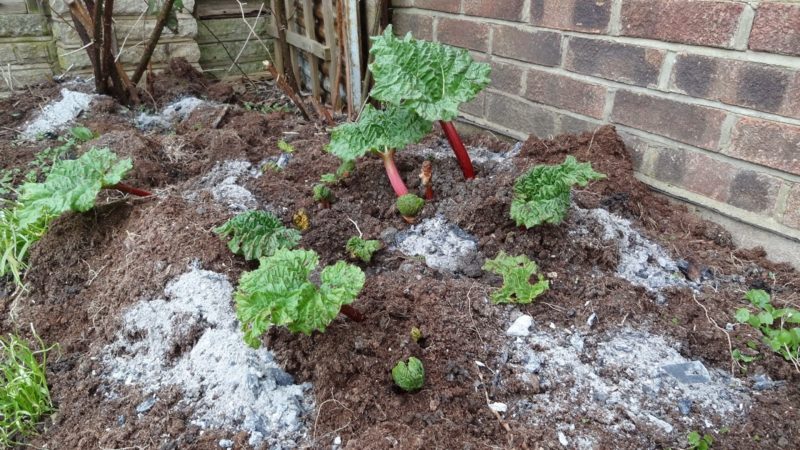
- Combine 1.5 kg of ash with 50 g of green soap, add water cooled to 60-70 ° C, insist and process the necessary areas;
- 1 glass of ash is diluted in 5 liters of liquid, infused for 12 hours and is ready for use;
- 300 g of ash is mixed with 50 g of soap, 10 l of water is poured and put on fire for half an hour; washed leaves, stems with a warm solution.
Vinegar and soda from aphids
Fighting aphids on a garden plot or garden involves the use of table vinegar and soda - the means available in every house.
A solution of vinegar is very effective in controlling various insects. It is made quite simply and does not require any costs. It will take 2 tbsp. l vinegar. The composition is obtained with a small concentration of acid, so the culture does not harm, and the pungent smell remains. It happens that the aphid is located in the middle of twisted, diseased leaves and it is not always possible to carefully process the plant. Therefore, you can water from a simple watering can.
A solution of soda is harmless to plants and will not negatively appear on the fruit, but helping to get rid of aphids. For cooking, you need 1 tbsp. l baking soda and 10 liters of water. The composition is sprayed with damaged crops.
How to use tobacco pests?
Insecticidal features of tobacco can effectively deal with insects. Tobacco or tobacco dust is used for the manufacture of infusions, solutions.
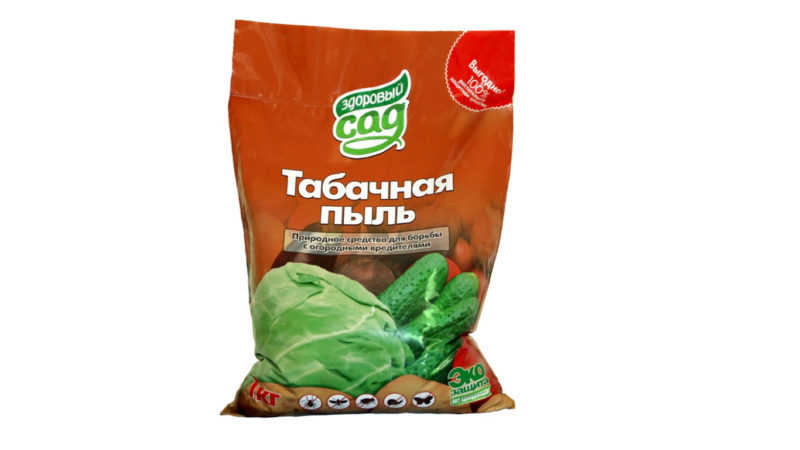
Recipes for cooking:
- 5 l of water are combined with 200 g of finely chopped dried tobacco leaves, insist for a day, then add liquids to a full bucket, set for 2 hours to boil;
- 1 part of the dust is mixed with 10 parts of the liquid, infused for 2 days, after which it is diluted with water in a ratio of 1: 3, then 40 g of soap is added to 10 liters;
- 1 glass of dust and wood ash, 1 tbsp. l mustard and liquid soap is supplemented with 2-3 l of approximately 70-80 ° C water; aged for 2 hours and filtered, the liquid is added to 10 l; process preferably the bottom of the sheet 3 times at intervals of 7 days.
Tobacco dust helps to fertilize the soil, increasing the intensity of microorganisms in it and improving productivity.
Plants and vegetables in the fight against aphids
Some vegetables and plants can protect crops from pests.
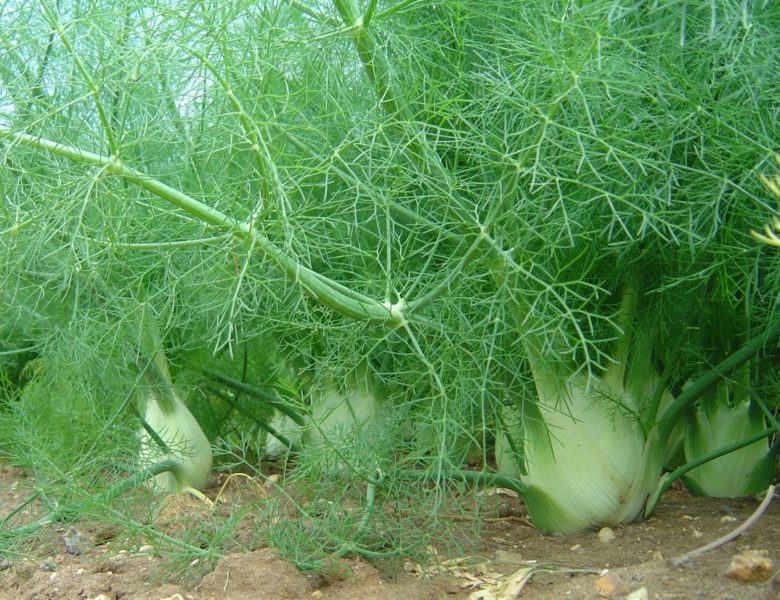
According to the stage of influence on the parasite, they are divided into 2 types:
- Repellers. With their spreading odorous substances, they drive away aphids. These are plants and vegetables with a pronounced aroma: garlic, onions, basil, marigolds, coriander, fennel, lavender, mustard, etc. They are well planted next to protected crops - between rows, along the edges of the holes.
- Attractors. These plants attract parasites to themselves, diverting them from the necessary culture. It can be petunia, begonia, poppy, nasturtium, cosmea. Such trees as linden, bird cherry, viburnum also attract aphids. Similar plants should be placed away from all major crops.
And the defenders themselves, damaged by insects, are removed from the site or processed.
What is the best way to process cabbage, cucumbers, peppers, tomatoes from aphids?
Folk remedies for aphids will help protect the culture. However, they should be sprayed in a timely manner, since with a severe defeat, alternative recipes will not help.
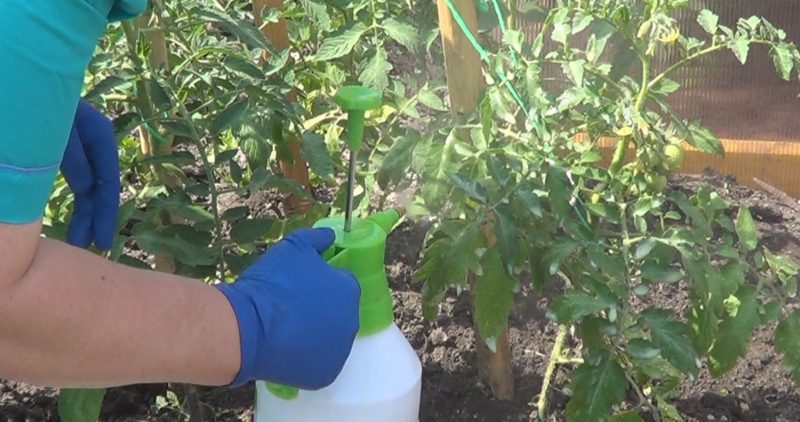
It is good to process cucumbers, cabbage, tomatoes, peppers with the following means:
- Cabbage. How to deal with aphids on cabbage folk methods? Good results were shown garlic, ash and onion infusions. They have a pungent odor, which repels insects.
- Cucumbers Effective methods are the use of table vinegar, scattering of mustard powder, treatment with garlic and ash infusion, tar soap. Spraying is best done in the evening.
- Pepper. To fight, prepare infusions that are harmless to culture and humans. It can be garlic and onion infusions, dusting vegetables with ash, tobacco dust.
- Tomatoes Perfectly recommended soap solution, garlic, ash, broth of hot pepper.
At the time of flowering, processing should not be carried out, since insects pollinating plants will also be destroyed. For a good result, 3-4 manipulations with an interval of 1 week will be required.
There are a lot of ways to combat aphids, you just need to choose the right tool for a particular culture, as well as based on the degree of affection and the volume of the site.












